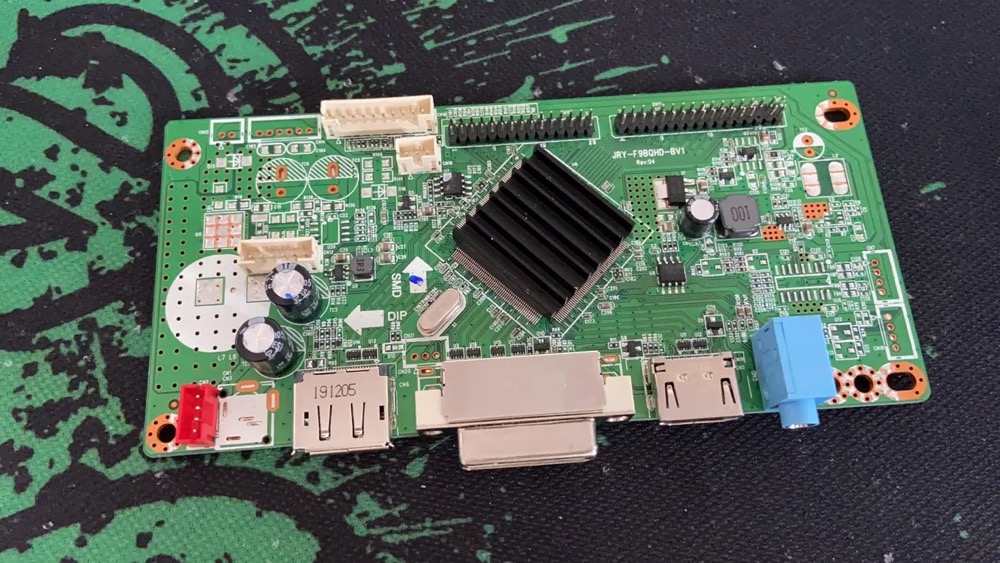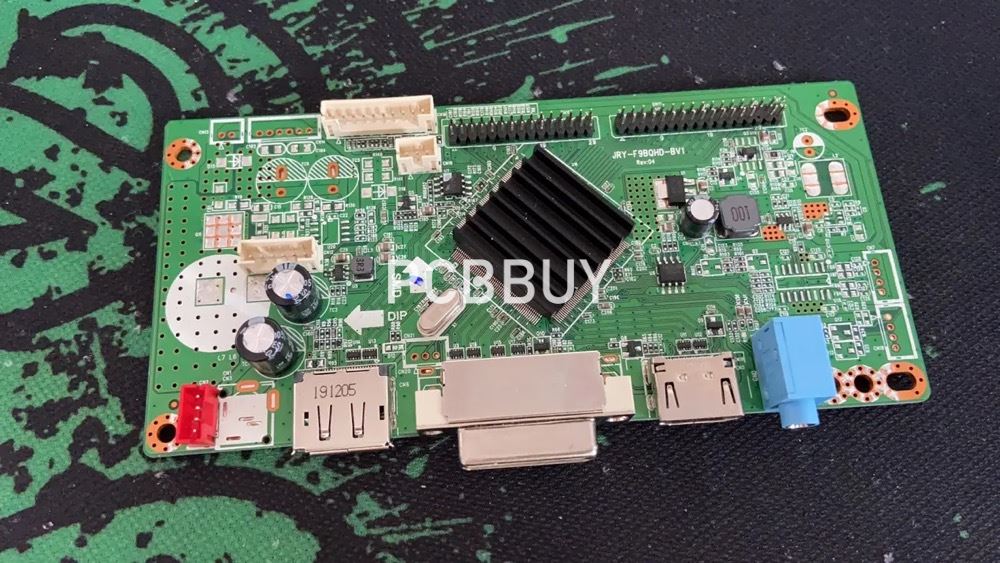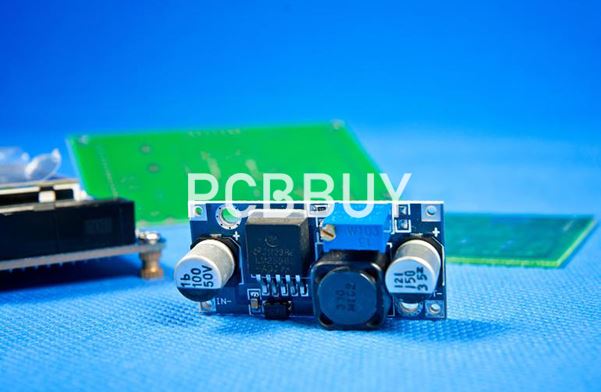what is display screen pcb
By:PCBBUY 01/31/2024 22:16

Display screen PCB, also known as the printed circuit board for display screens, is a crucial component responsible for transmitting and controlling signals and currents within a display screen. The following is a detailed introduction to the display screen PCB:
Operating Principle of Display Screen PCB
The primary function of the display screen PCB is to facilitate signal transmission and control, ensuring the normal operation of the display screen. Through precise circuit design, it connects various electronic components to form a complete circuit. When currents or signals pass through these circuits, they drive the pixels of the display screen to emit light or display corresponding content.
Structural Components of Display Screen PCB
The display screen PCB mainly consists of a substrate, conductors, and interface components. The substrate serves as the foundational material for the PCB, with various electronic components and conductors attached to it. Conductors are microcircuits on the PCB responsible for connecting components and transmitting signals. Interface components include connectors, sockets, pins, etc., facilitating the connection between the display screen and other external devices.

Main Functions of Display Screen PCB
Signal Transmission: The display screen PCB transmits control signals to individual pixels of the display screen through conductors, controlling their brightness and color.
Current Supply: The display screen PCB supplies stable electrical currents to ensure pixels can emit light and function properly.
Drive Control: The display screen PCB possesses driving and control functions, collaborating with driver chips to control and adjust various parameters of the display screen.
Connection to External Devices: Through the interface components, the display screen PCB connects with other external devices such as controllers and power sources, facilitating data and signal transmission.
Manufacturing Process of Display Screen PCB
Manufacturing a display screen PCB involves several key processes:
Inner Layer Circuit Fabrication: Precision circuits, including conductors and connections to various components, are created on the substrate.
Layer Lamination and Processing: Multiple layers of circuit boards are laminated together to form a composite board, followed by necessary cutting and processing.
Soldering and Assembly: Electronic components are soldered onto the substrate, and necessary assembly and testing are conducted.
Surface Treatment: Surface coating and plating processes are applied to enhance durability and stability.
Testing and Inspection: The completed display screen PCB undergoes electrical performance testing, visual inspection, and functional testing to ensure quality and reliability.

Application Areas of Display Screen PCB
Due to its excellent electrical performance and stability, display screen PCBs find widespread applications in various electronic devices and products such as televisions, monitors, smartphones, tablets, etc. They not only enhance device performance and stability but also offer possibilities for aesthetic design and functional expansion.
Development Trends of Display Screen PCB
As technology advances, display screen PCBs continue to progress and evolve. Some development trends include:
High-Density Integration: Display screen PCBs are moving towards higher density circuit designs and assembly to meet the demands for higher resolutions and smaller sizes.
Multilayered Design: To achieve more complex circuit designs and higher transmission speeds, multilayer composite display screen PCBs are becoming mainstream.
Flexibility: Flexible display screens are gaining attention, and their flexible PCBs exhibit excellent bendability and malleability, meeting the demands for lightweight and portable products.
Green and Environmentally Friendly: With increasing environmental awareness, eco-friendly materials such as lead-free and halogen-free are becoming mainstream, driving display screen PCBs towards more environmentally friendly practices.
High Reliability and Longevity: For specific application areas like aerospace and medical fields, there is a growing demand for display screen PCBs with high reliability and long lifespans.
Integration and Intelligence: With the trend towards multifunctional integration and intelligence, display screen PCBs are becoming more integrated with other components, offering enhanced features and intelligent control capabilities.
Industry Category











